The avaricious ways in which various industries buy and sell each other’s top brands has never ceased to amaze me, while concealing which owns which has become a modern art form. One of the more amazing collaborations was when The Parker Pen Company acquired Manpower (the work agency) in the late-1970s. However, there are myriad other weird couplings and none more so than in the car scene, which seems to have an appetite for the bizarre at times.
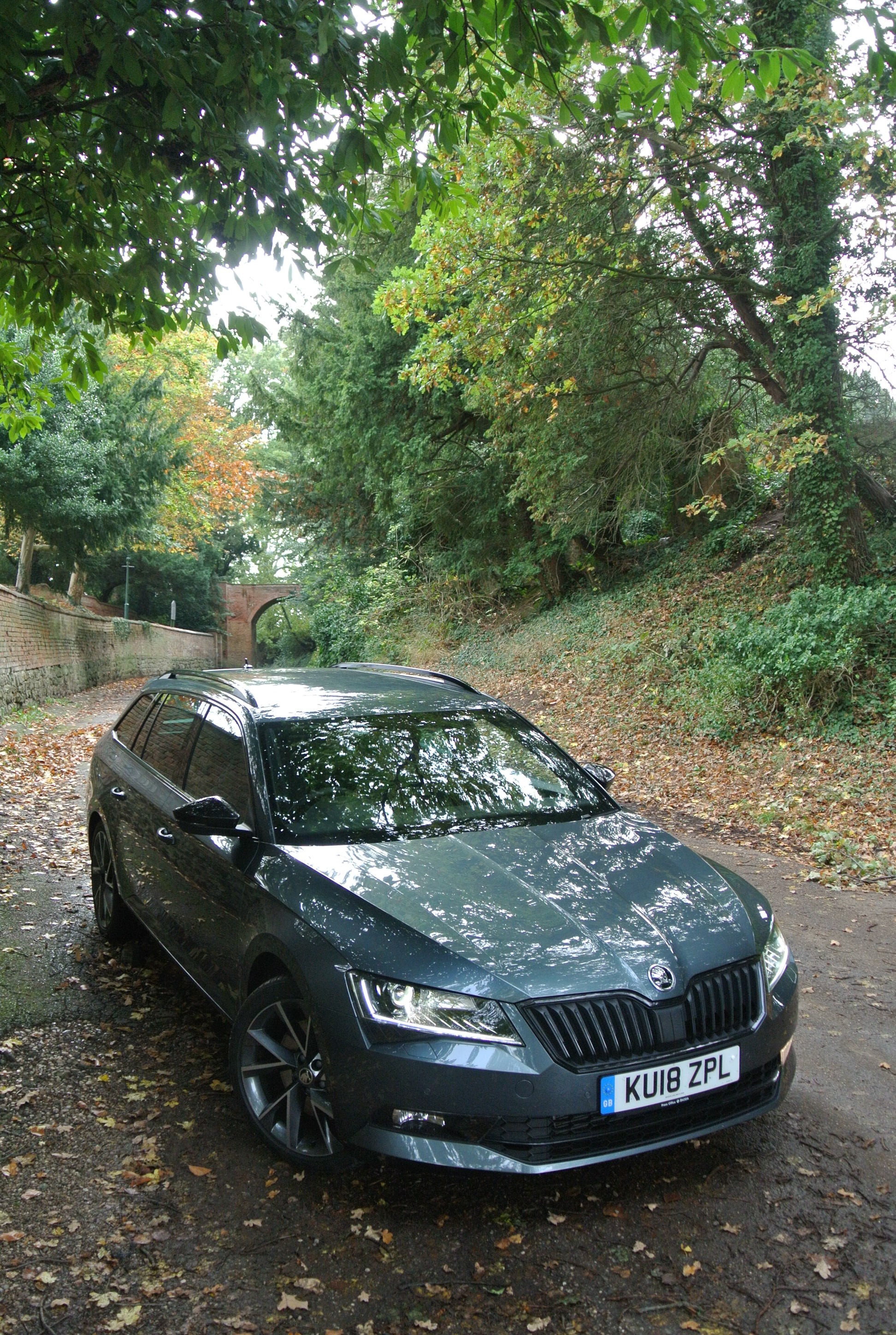
Despite the number of joint ventures that occurred during the 1990s, such as Mercedes-Benz buying-out Mitsubishi, after getting into bed with the troubled Chrysler Corporation, only a few remain. Interestingly, Mitsubishi is now part of the Renault-Nissan alliance, yet surprisingly few, even quite knowledgeable observers are aware that Dacia is part of Renault. Skoda was a Czech national manufacturer that was acquired in a politically-expedient manoeuvre, after Communism was hounded from that country and after Volkswagen had also snaffled-up Seat from a newly democratic Spain.
While Seat used to boast of its ‘Porsche-designed’ engines (much to Porsche’s annoyance, it needs to be stated), for almost three years, Skoda heralded its VW-ownership. However, a desire for ‘brand independence’, even though reliance is more important, spices the mix invariably. By the way, profitable Porsche, following a rash and ill-judged attempt to acquire the VW Group, is now totally owned by it! Yet, I can recall what might be termed ‘an urban myth’ that, when Ferdinand Porsche collaborated with Adolf Hitler to create the ‘People’s Car’ (Volks Wagen), a single Deutschmark from each VW sold would fund Porsche’s sportscar aspirations. It was a deal said to be set ironically in stone.
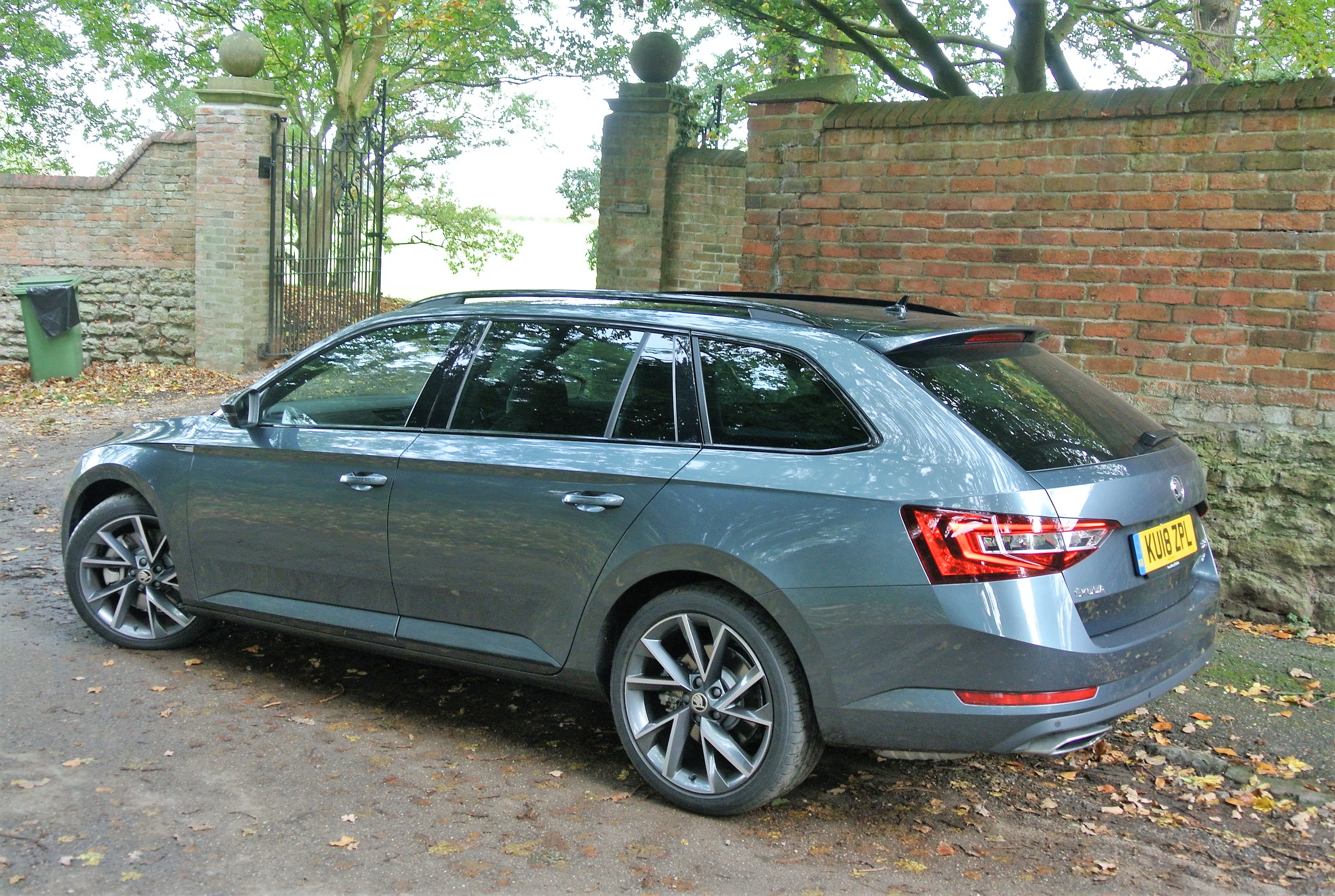
Despite the total ‘Volkswagenisation’ of Skoda, the brand has managed to retain a number of unique qualities. While they are well-shrouded and some features are protected by ‘intelligent’ sub-branding (ice-scraper in the fuel-flap; umbrella concealed in a door jamb), recent design changes have meant that discerning visually between VW, Audi, Seat and Skoda brands has become more difficult. Yet, Skoda still manages to percolate to the top of the ‘honesty’ chart, even though, at the £39,710 stated value of the Superb Sportline Plus estate car tested here (which includes £1,950’s worth of options, prior to any FCD discounts), price parity with the sister brands is unnervingly close. A VW Passat in similar trim is only a few hundred Pounds more expensive.
While the name Superb has a long history within Skoda, its modern iteration occurred with the Chinese-built and platform-stretched version of the VW Passat. It soon gathered renown for its limousine-like cabin space, which was carried into the second-generation model with its current, more confident Skoda style. It is a very good-looking car that complies with a demand for purposefully large estate cars in the UK.
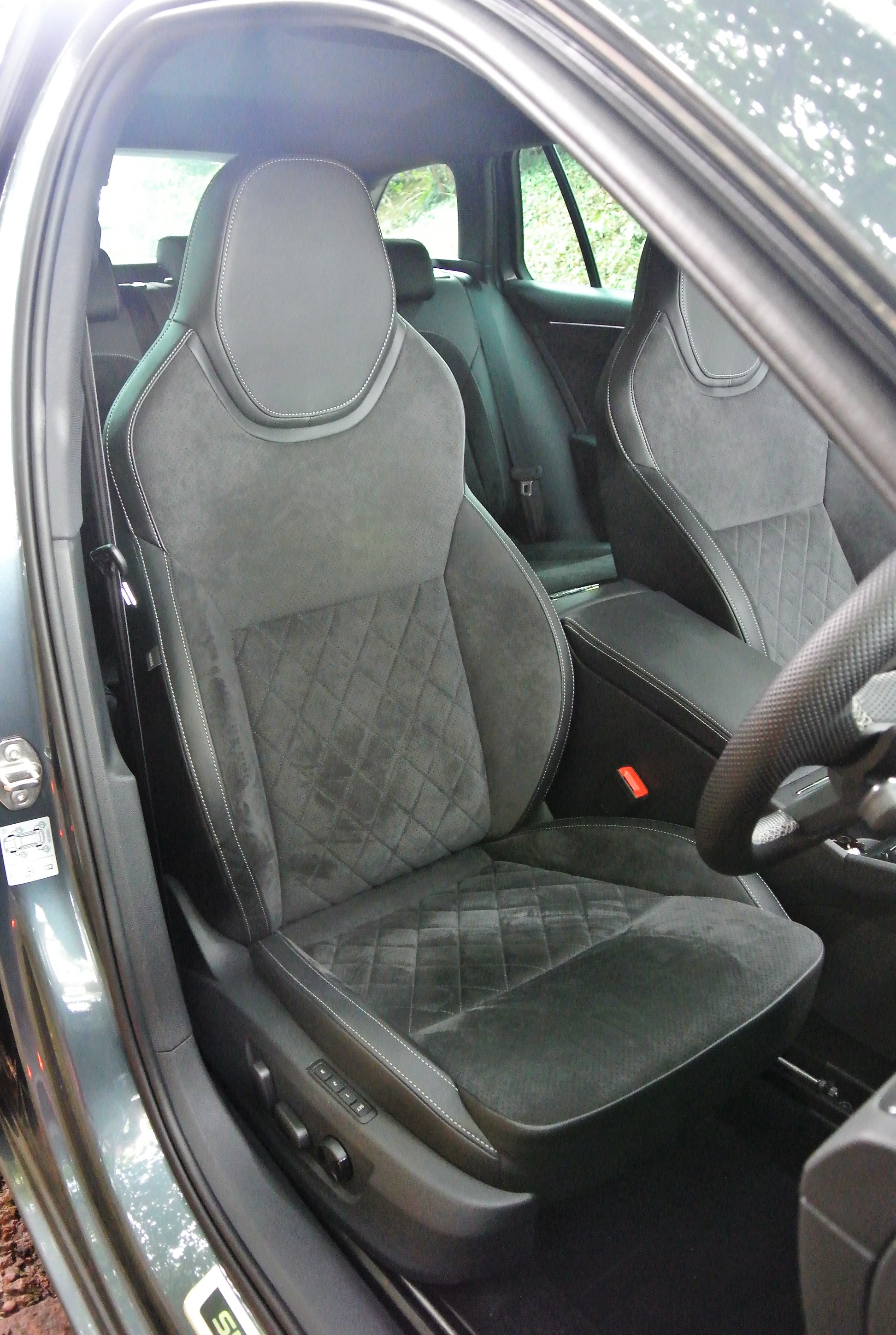
Its disarming honesty is displayed within the cabin. The soft-touch dashboard moulding, with ‘carbon-fibre’ trim highlights, carries visually-pleasing analogue instrumentation ahead of the driver. While I am 100% certain that VW Group’s digital display will feature in future examples, the large touch-screen at the top of the centre stack, allied to the heating and ventilation controls located just beneath it, are borrowed from the corporate parts bins. Every element of the layout is straightforward and (in the nicest possible way) simplistically Skoda.
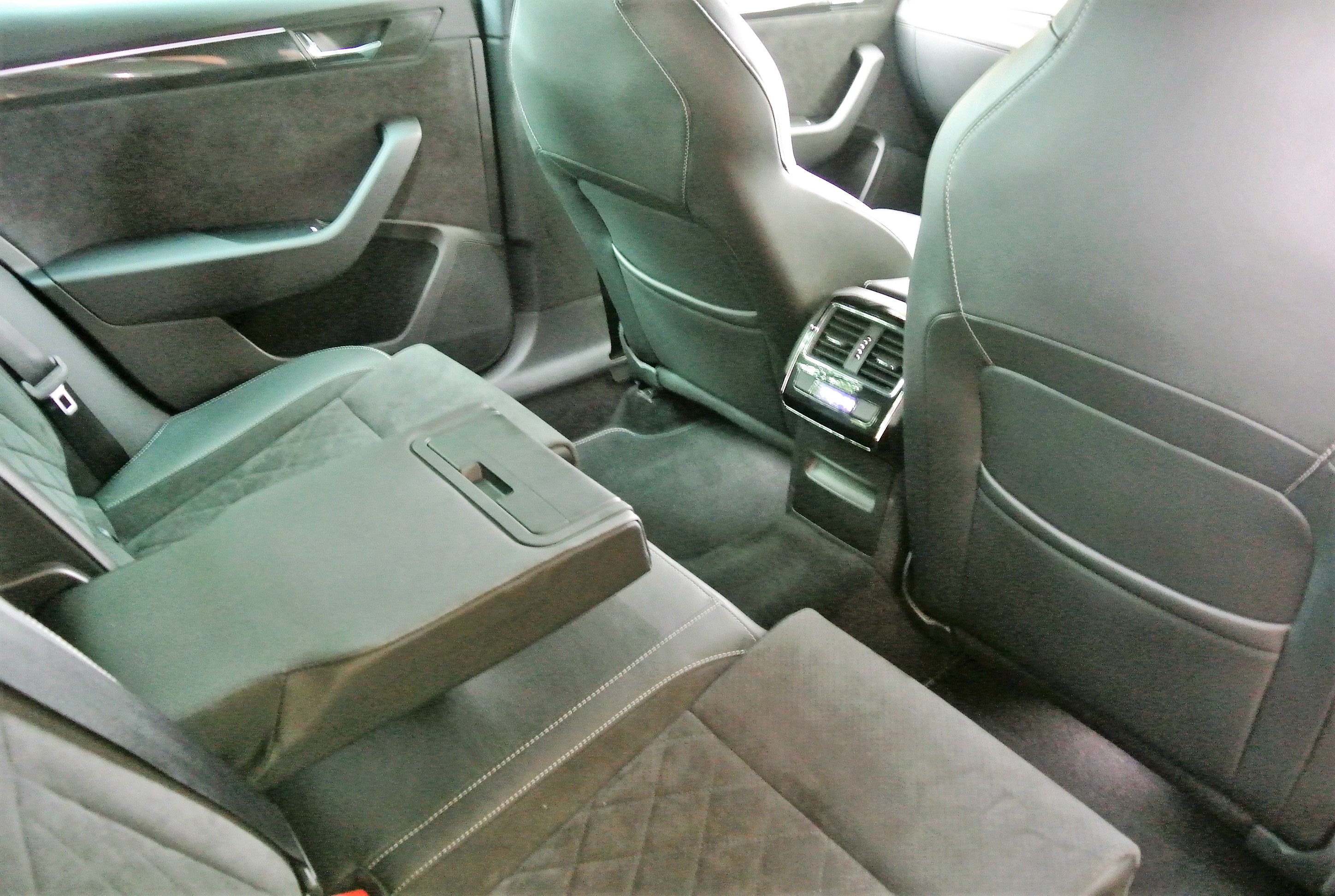
The diamond-pattern, Alcantara-clad, high-back front seats, split-fold rear bench and door cards are uniquely Skoda. Only the driver’s seat features electric adjustment through an enormous range, supplemented by manual steering column adjustment and no power for the front passenger. In some ways, it is a strange omission (in a car costing almost £40k) but it serves to underscore the sportier, driver-orientated nature of this model.
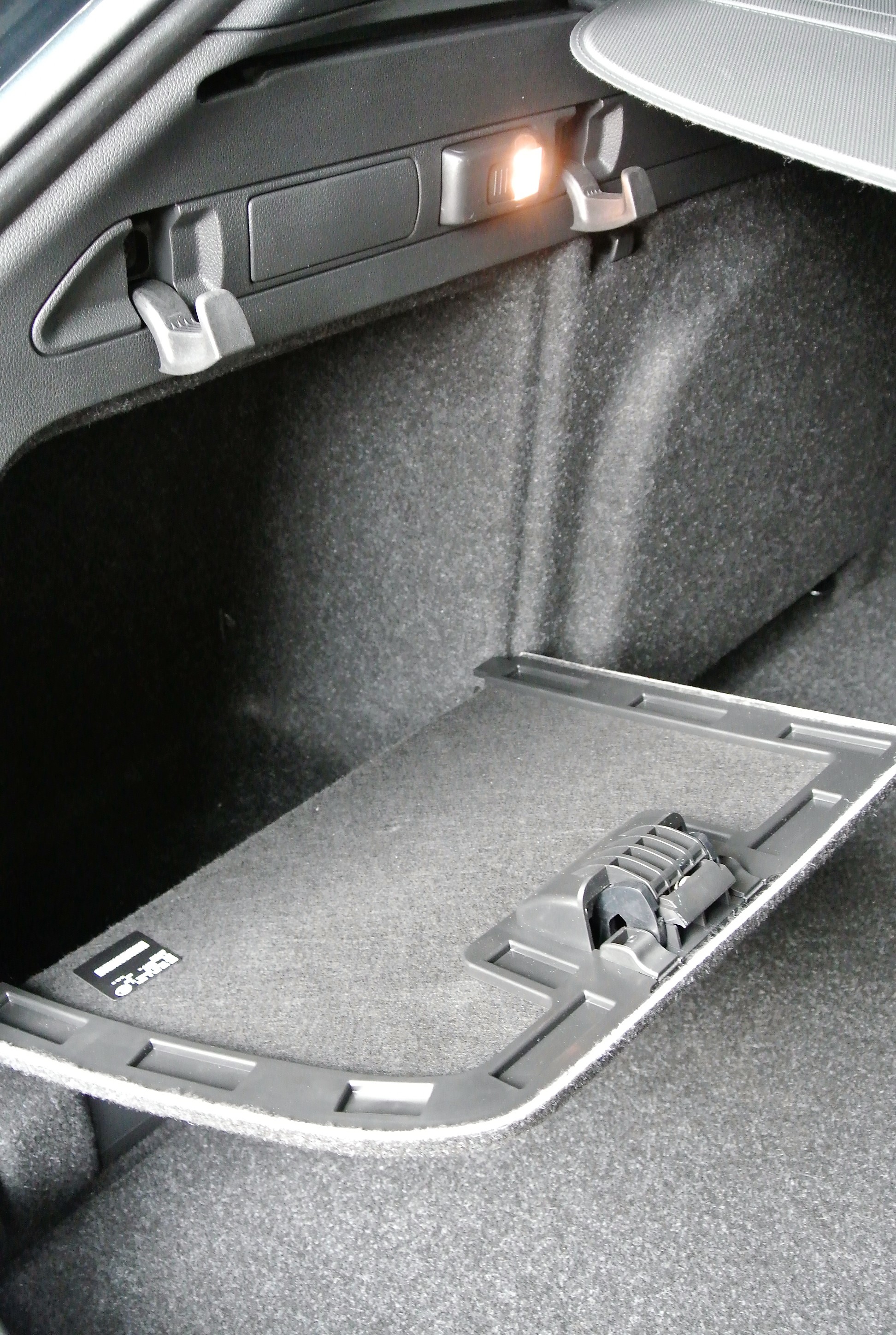
The luxurious rear quarters provide lounging room in abundance that would give a Merc S-Class a run for its money. However, crack open the electrically-operated hatchback rear door (a foot movement below the bumper will suffice to either open, or close, the door) and you could start a light goods delivery business. The space is cavernous and, were it not for the high-class sound deadening materials, I reckon it could echo. It is a practical space, with saddlebag bins in the spaces aft of the rear wheel-arches, convenient and sturdy bag hooks and even an in-built flashlight that doubles as the LED boot illumination (intelligent Skoda in action).
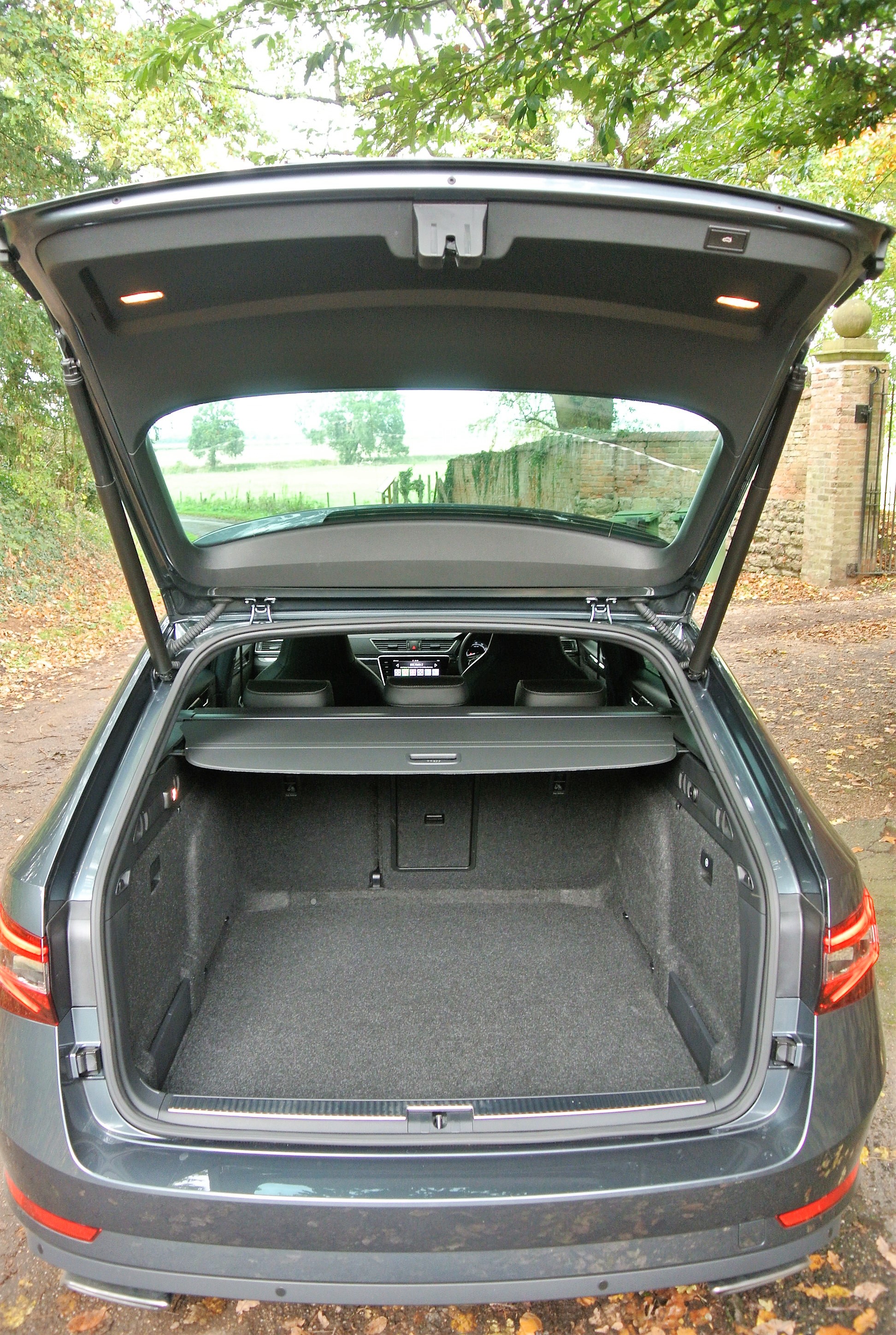
Looking great on its 19.0-inch diameter alloy wheels, this Skoda is packing heat. Using a detuned version of the VW Golf R’s 2.0-litre turbo-petrol engine that kicks out a healthy 276bhp, it is mated to a six-speed twin-clutch automated-manual transmission (with small paddles located behind the steering wheel cross-spokes) and four-wheel-drive. It is enough to make this the speediest Skoda in the stable, capable of despatching 0-60mph in just 5.5s, before reaching a top speed of 155mph. Personal past experience of the engine pinpoints its 39.2mpg frugality and modest 164g/km CO2 rating, which equates to a first-year road tax of £515 (£140 annually thereafter).
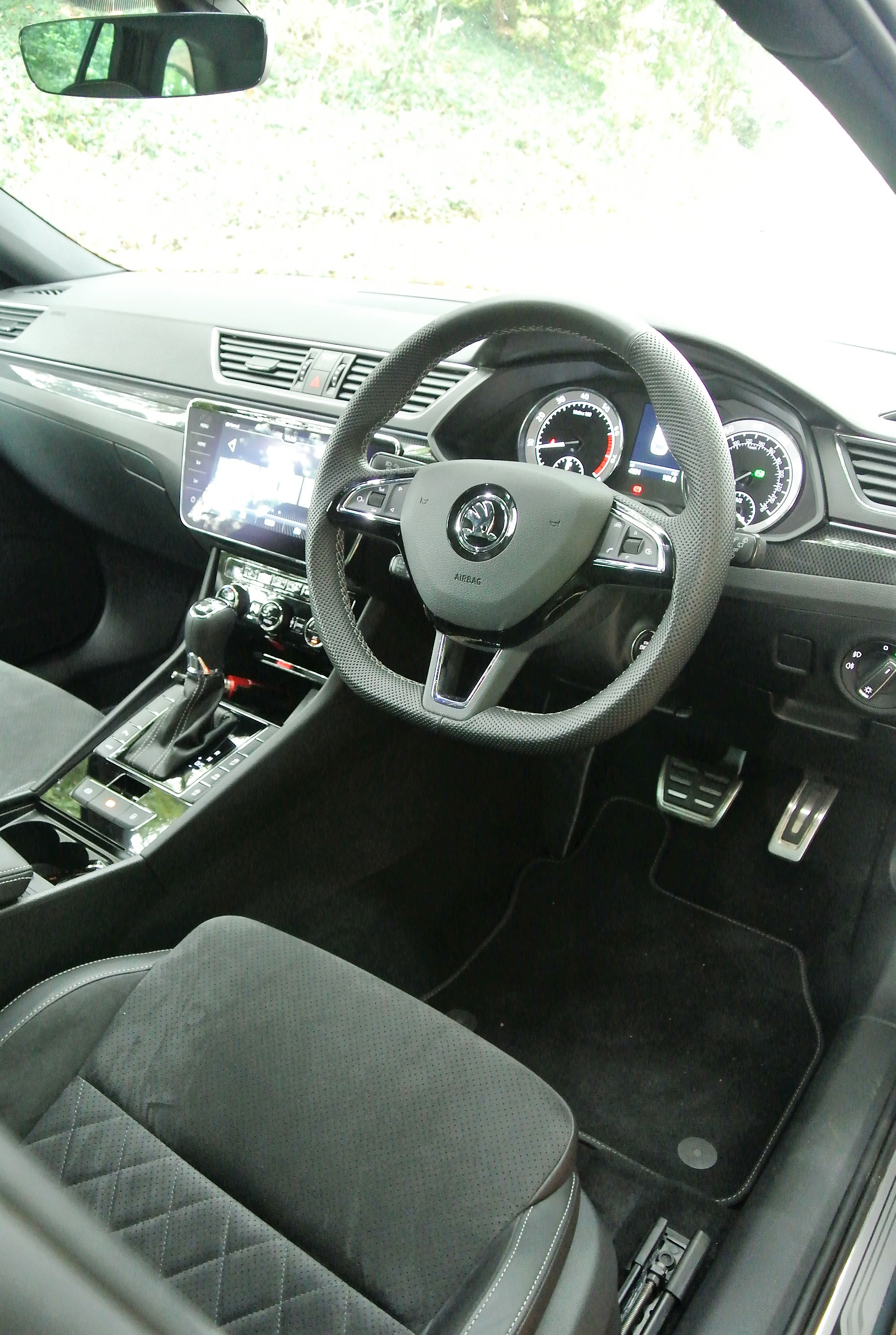
The Sportline Superb is delightful to drive, making good use of its long wheelbase to provide a comfortable, fluent ride quality, although the chassis mode can be adjusted through four additional levels, intended to enhance the handling envelope. Delicious steering accuracy and fine brake balance help the car’s refined dynamics and, if you close your eyes, you could be in any one of the Superb’s top Germanic rivals. It is impeccably well-built but manages to feel well-grounded and realistic in its large car approach.
The elephant in the room resides around Superb’s value proposition. No longer a ‘budget’ brand, while I have zero issues with its design, engineering and stance, it is now a volume mainstreamer. However, Skoda has managed the transition with remarkable ease, while retaining as much clarity as it can muster.